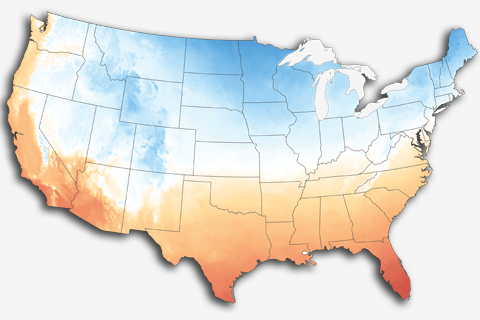
The United States has plenty of warming wiggle room before it gets too warm to snow, and a wetter atmosphere may boost snow totals for some storms.
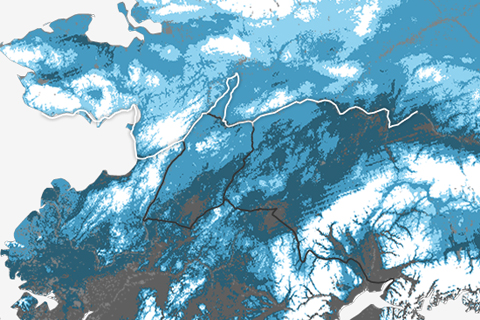
A map of snow depth across Alaska on March 9 shows the reason for the re-route of the historic sled dog race.
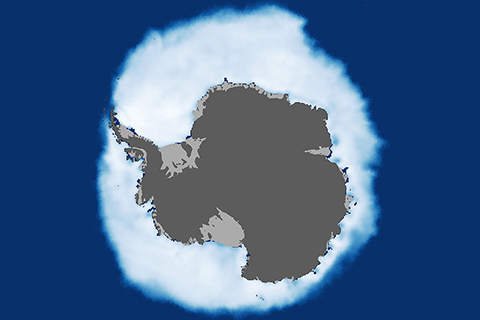
NASA ice expert Claire Parkinson confirms that global sea ice coverage has continued its overall downward trend since her original analysis was published in 2015.
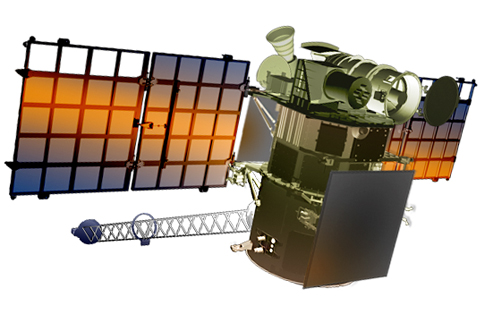
In addition to its primary mission of observing space weather, the Deep Space Climate Observatory (DSCOVR) satellite is carrying two instruments that are important to climate science: the NISTAR radiometer and the EPIC camera.

Restoring a healthy balance between sea otters and their sea urchin prey comes with a modest but meaningful bonus: halting the overgrazing of kelp forests and increasing their ability to remove excess carbon dioxide from the atmosphere.

Already a threat to fish, mussels, and other marine creatures, low-oxygen “dead zones” are expected to increase in both size and number as greenhouse gas concentrations and global temperatures continue to rise.
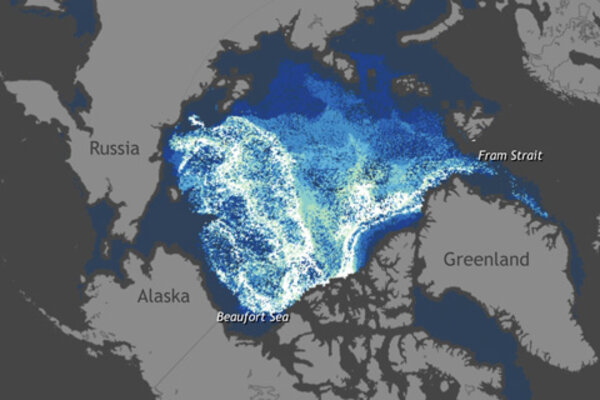
The Arctic's oldest ice is vanishing
December 13, 2016
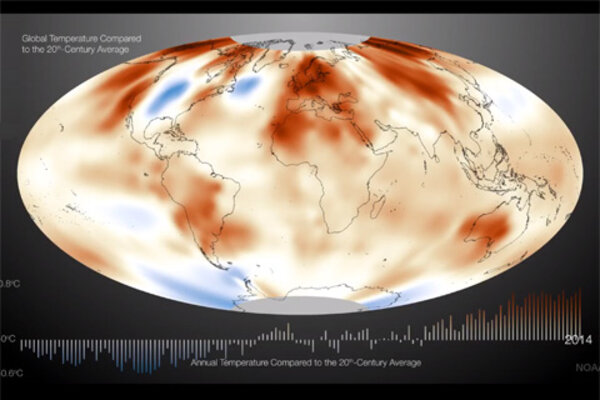
History of Earth's temperature since 1880
January 16, 2015
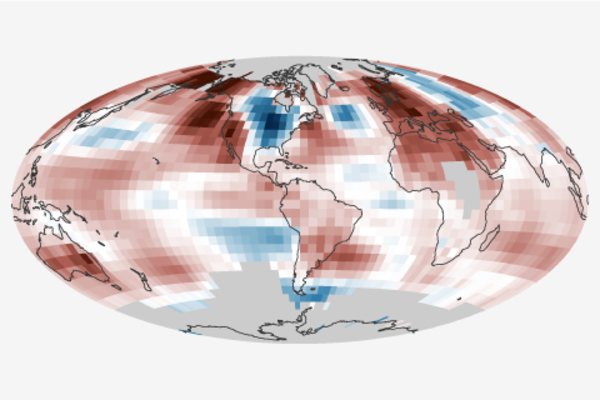
2014 Global Temperature Recap
January 15, 2015
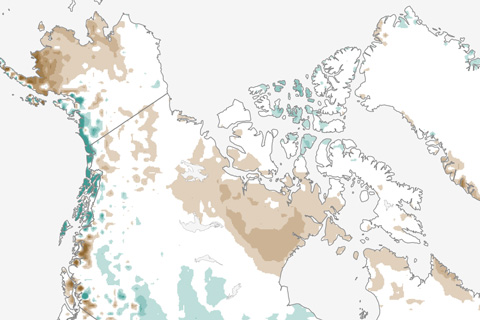
April snow extent was record low across Europe and Asia, and in June, the entire Northern Hemisphere was below average for the tenth year in a row. Spring snow is disappearing even more rapidly than Arctic sea ice in summer.